
Rediscovering Japan

Rediscovering Japan
Travel (Miyagi (Matsushima))

by tomizuta

I was able to catch sight of scenery otherwise imposiible on the boat cruise. The cruise takes about 50 minutes.
In early December 2023, I visited Matsushima on my way back to the Kanto region from Hiraizumi in Iwate Prefecture. This was my first visit to Matsushima, known for having one of the three most scenic views in Japan, alongside with Miho-no-Matsubara in Shizuoka Prefecture (a component of UNESCO World Heritage “Fujisan—Sacred Place & Source of Artistic Inspiration”) and Amanohashidate in Kyoto Prefecture. The beauty of Matsushima lies in the scenic views of around 260 islands covered by pine trees. Matsushima means “pine island”. One attraction is the boat cruises that takes you around these islands. There are basically two courses. One that cruises the quieter Matsushima Bay, and another that takes you outside the bay into the Pacific Ocean to explore Sagakei, I chose the latter option. This was a cruise that left from Oku-Matsushima.
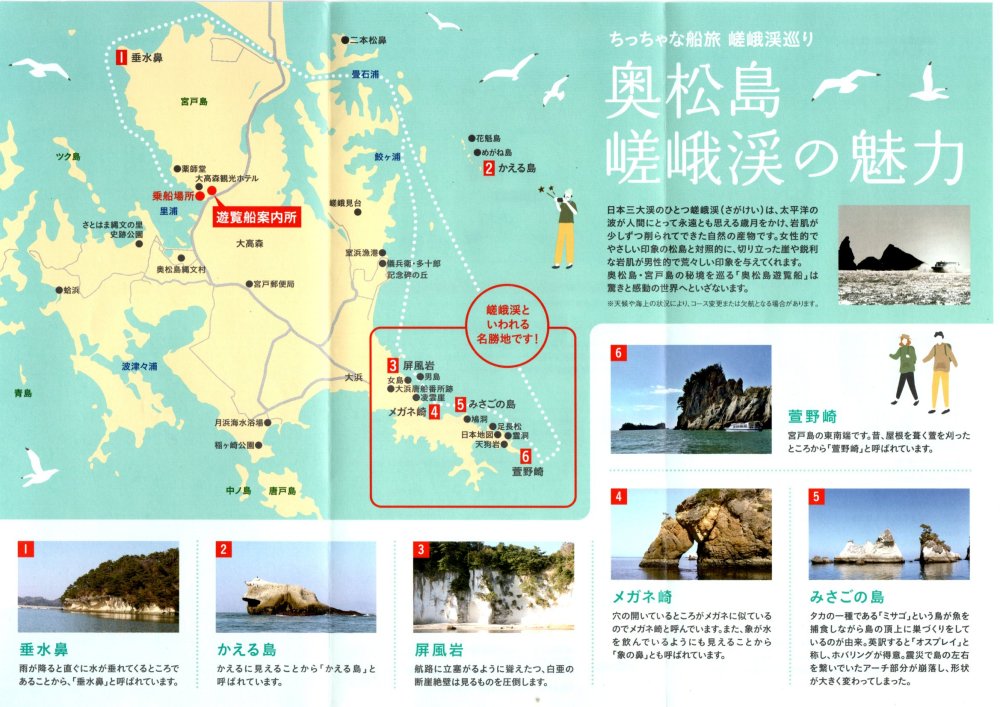
The boat leaves the port in Matsushima Bay in the middle and cruises out of the Bay to the Pacific Ocean to visit the islands and cliffs numbered 2 through 6.
Most of the cruises seemed to be leaving on the hour. I was wondering if
I would be in time to catch the 10 o’clock cruise. Just as that I entered
the car park, a man waved at me and asked if I wanted to catch the 10 o’clock
cruise. It appeared that the minimum number of passengers was three, and
there were only two passengers. “Take your time we will wait for you” we
were told.
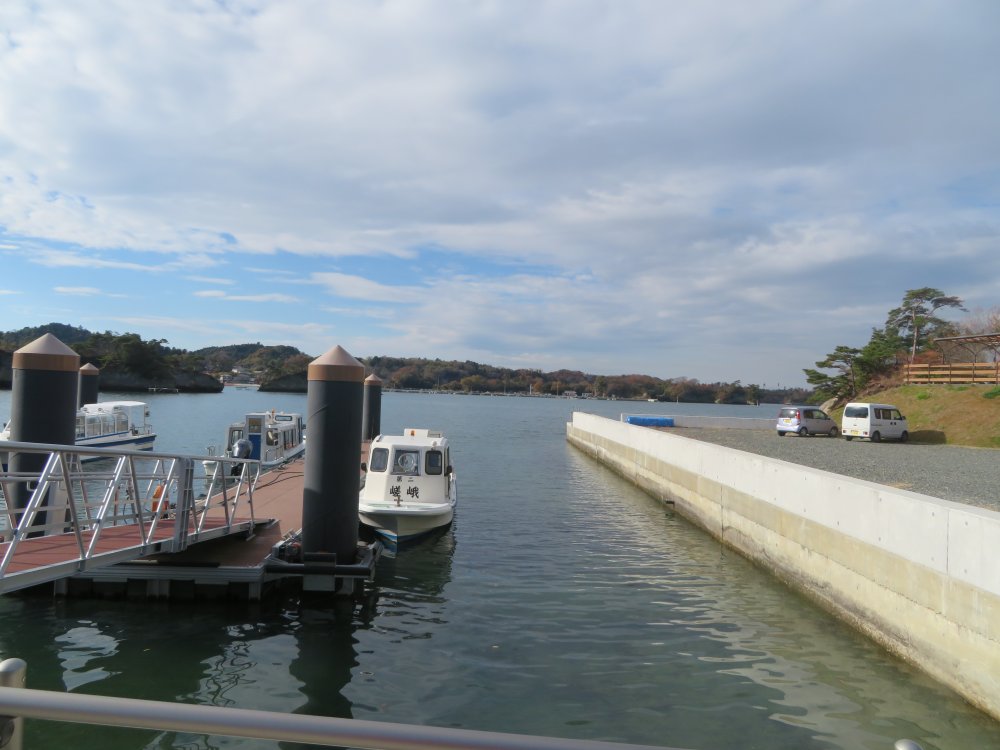
The boat at the pier of Okumatsushima.
The cruise was really exciting. Sagakei is a range of white cliffs carved by wind and water. The captain drew our attention to a small sea cave at the base of the cliffs called the "Blue Grotto" for the surreal hue its interior takes on when the sunlight hits it. The aftermaths of the Tohoku Great Earthquake in 2011 was also visible, with some arches collapsed or islands split into two. The cruise takes about 50 minutes.
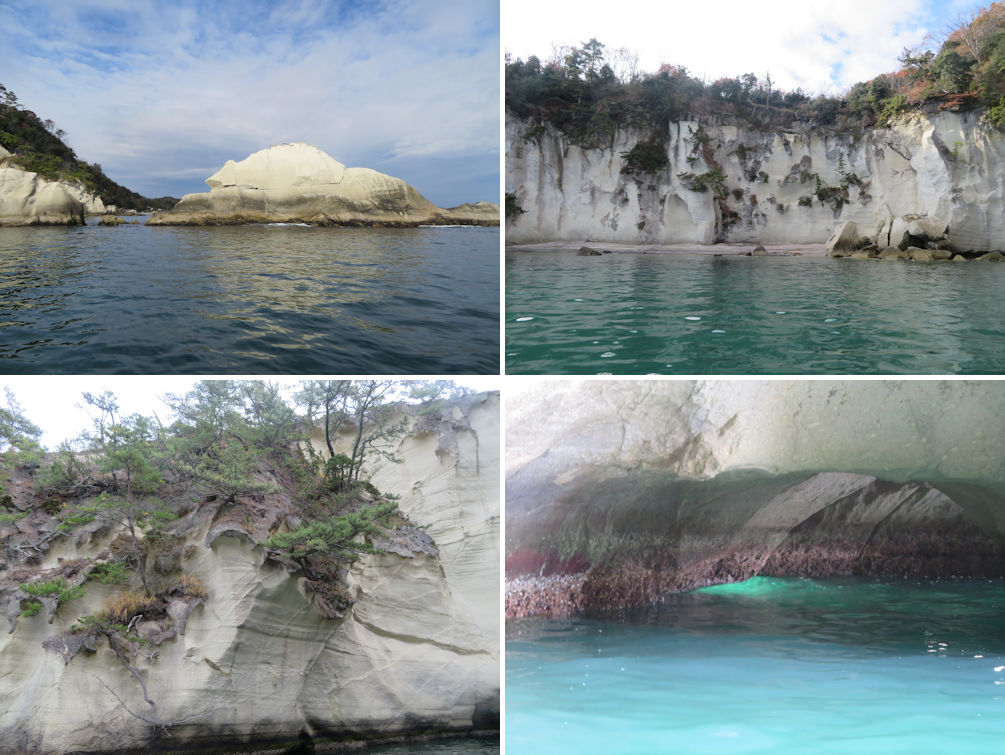
The aftermaths of the Tohoku Great Earthquake in 2011 was also visible, with some arches collapsed or islands split into two (upper left). Sagakei is a range of white cliffs carved by wind and water (upper right). It was amazing to see how the pine trees were clinging on to the cliffs with their roots into the rocks (lower right). I understand you can view white sekkoku orchids growing out of the cliffs in May to June. The Blue Grotto (lower right).
Another place I wanted to visit was Zuiganji Temple. The origin of this temple is a temple called Empuku-ji founded in the early 9th century by the high priest Ennin, the same priest that founded Chuson-ji in Hiraizumi, Iwate Prefecture. The Tohoku Fujiwara Family that governed the entire Tohoku region from Hiraizumi, also became a protector of Enpuku-ji. Originally founded as a temple belonging to the Tendai sect, it converted to a Zen temple of the Rinzai sect in the 14th century. In the Edo era, the Date Family became the feudal lord of the Sendai region. Under the patronage of the founder of the family, Masamune Date, the temple was significantly expanded in the early 17th century to serve as the family grave of the Date Family as well as the spiritual backbone of the region. It adopted the name Zuigan-ji from this period.
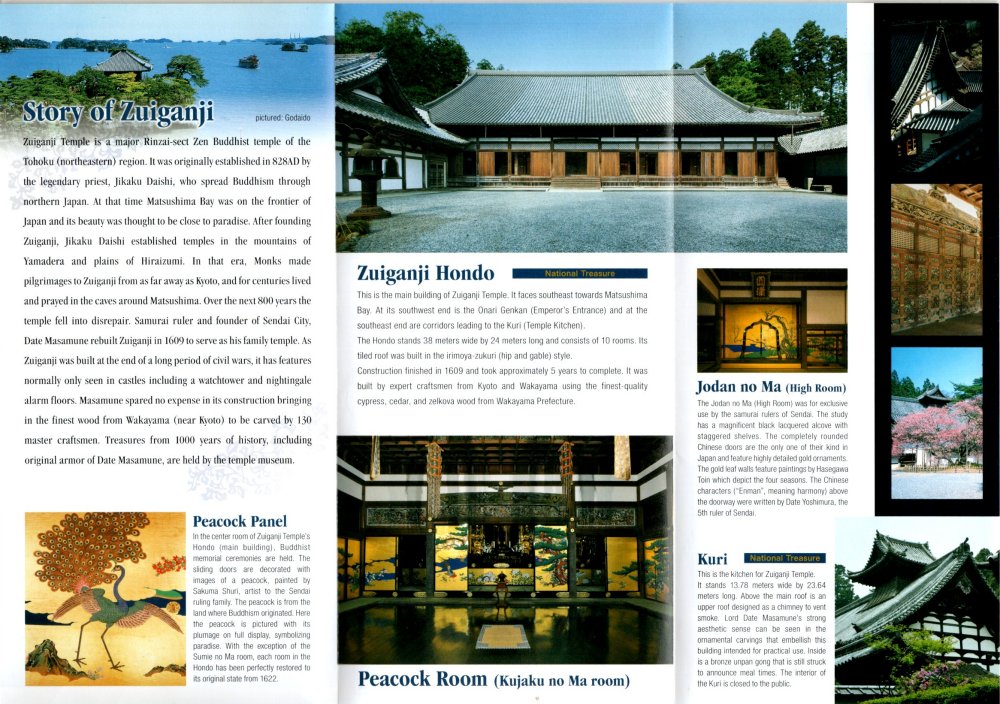
The English brochure obtained at the admission office is very informative and worth browsing before you start your tour of the temple.
I parked my car at the sea front, and made my way to Zuigan-ji. Compared with Hiraizumi that I had just come back from, there were an enormous number of people from all around the world in Matsushima. I paid the admission fee of 700 yen and entered the temple grounds.
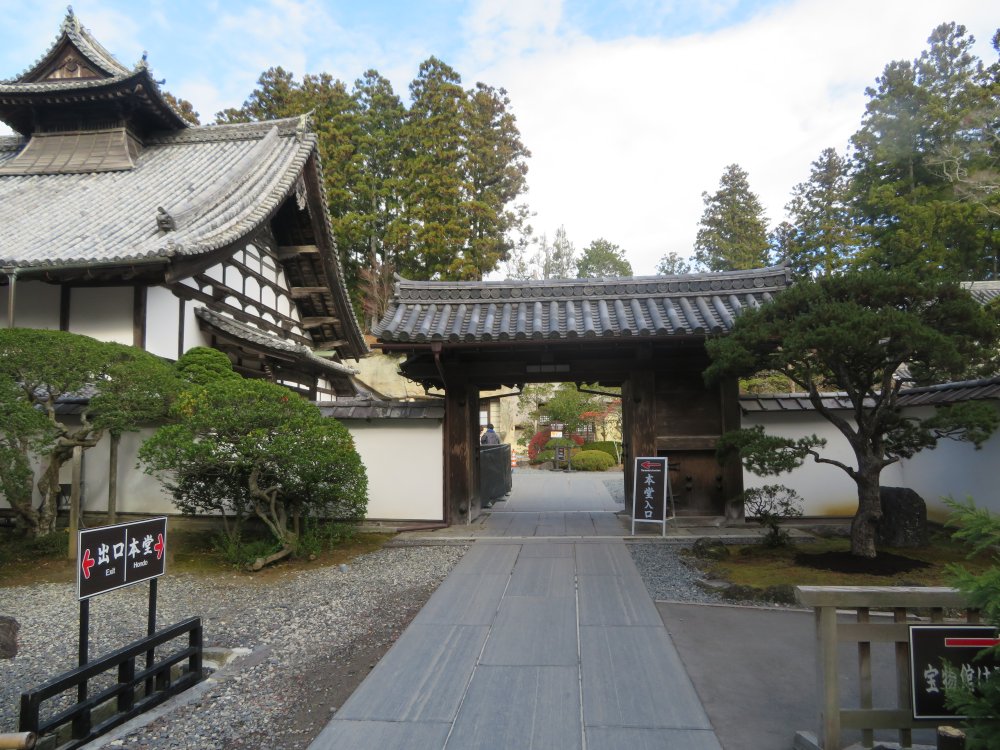
I paid the admission fee of 700 yen and entered the temple grounds.
Before visiting the Hondo (main temple building), I paid a brief visit to their Treasure Museum (Homotsu-kan), displaying hall wall paintings, calligraphies, as well as excavated objects related to Enpuku-ji.
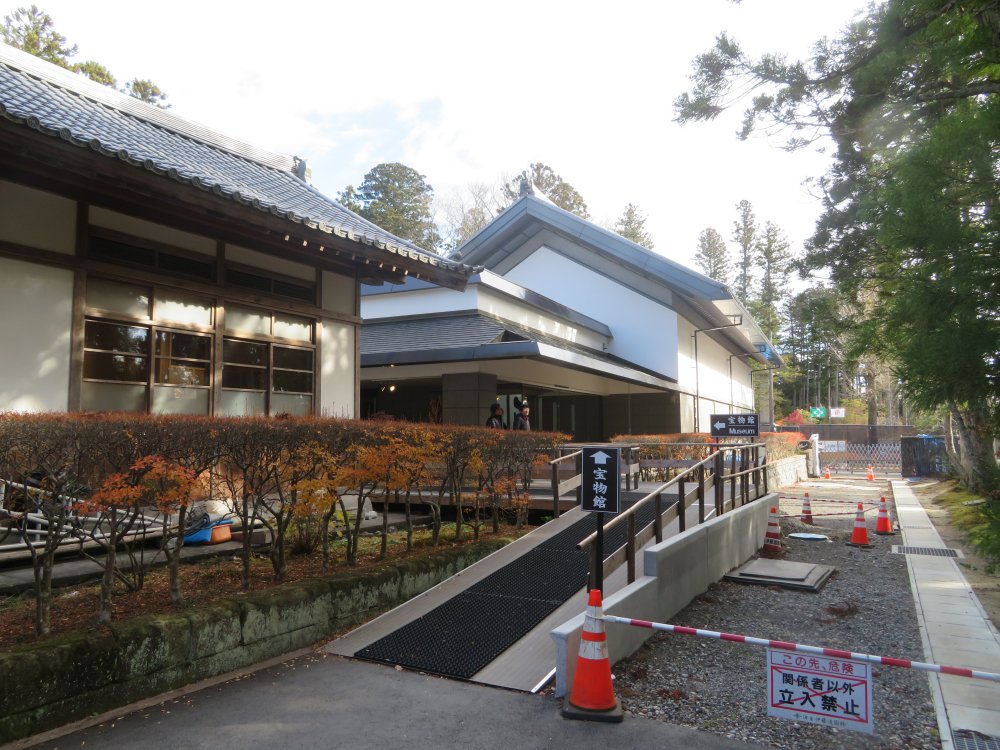
I paid a brief visit to their Treasure Museum (Homotsu-kan).
Entry to the Hondo is from the Kuri (kitchen building), which together with the Hondo, has been designated as a national treasure. The tour starts from the Kuri, through to the Hondo, and then back to the Kuri. The magnificent rooms restored to its original state is really worth visiting. Although very brief, the visit to Matsushima for the first time was very, very interesting to say the least.
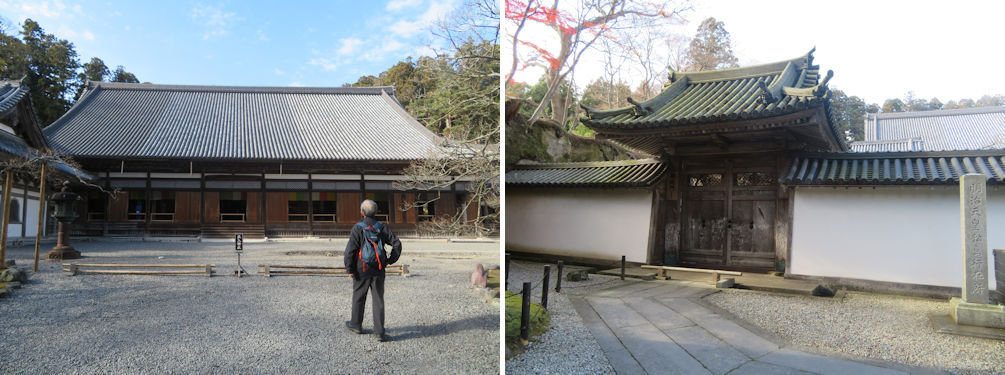
The Hondo designated as a national treasure (left), and the entrance gate to the Hondo for noble guests (right).